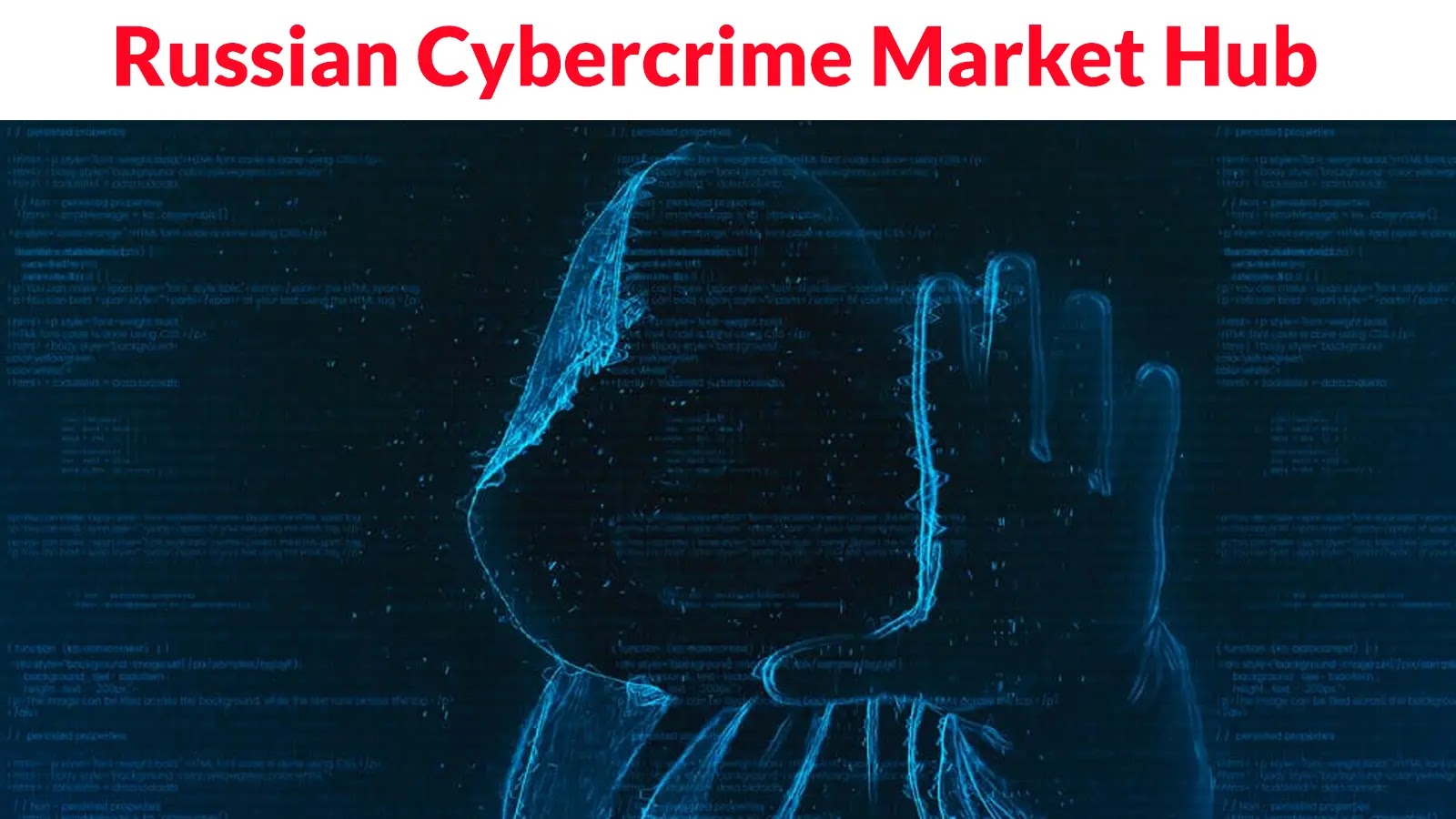
Russian Cybercrime Market Hub Transferring from RDP Access to Malware Stealer Logs to Access
The Shifting Sands of Cybercrime: From RDP to Stealer Logs
The digital underground is a constantly evolving landscape, with threat actors and cybercrime market operators innovating at an alarming pace. A recent, significant shift is underway within the Russian cybercrime ecosystem: a rapid transition from selling compromised Remote Desktop Protocol (RDP) access to trading malware stealer logs for unauthorized system entry. This evolution is not merely a change in preferred access methods; it represents a fundamental recalibration of tactics and a heightened threat to organizations and individuals worldwide. Understanding this transition is crucial for solidifying your cybersecurity defenses.
Deconstructing the Shift: RDP vs. Malware Stealer Logs
For years, compromised RDP access has been a staple in cybercrime markets. Threat actors would gain access to systems, often through brute-forcing weak credentials, exploiting vulnerabilities (such as those associated with CVE-2019-0708, also known as BlueKeep), or phishing. This access provided a direct, often persistent, entry point into an organization’s network, allowing for further reconnaissance, data exfiltration, or ransomware deployment.
However, the new frontier is malware stealer logs. These logs are a treasure trove of sensitive information, often harvested by sophisticated infostealer malware. A typical stealer log can contain:
- Saved browser credentials (usernames and passwords for websites, financial services, and cloud platforms)
- Session cookies, allowing attackers to bypass multi-factor authentication (MFA)
- Cryptocurrency wallet data
- Financial information
- System information and installed applications
- User files and documents
The transition signifies a move towards more immediate and information-rich access. Instead of needing to navigate a compromised RDP session to find valuable data, attackers are now directly purchasing pre-packaged intelligence that facilitates a wider array of attacks, from account takeover to sophisticated corporate espionage.
The Mechanics of Malware Stealer Logs Acquisition
Malware like RedLine Stealer, Vidar, or Racoon Stealer are widely deployed through various vectors, including phishing campaigns, malvertising, drive-by downloads, and compromised software. Once a system is infected, this malware exfiltrates sensitive data to a command-and-control server. The operators of these malware families then compile this data into logs, which are subsequently sold on underground forums, often in bulk. The allure for buyers is the high fidelity and comprehensive nature of the data, making initial access and subsequent exploitation significantly easier and faster.
Impact and Implications for Cybersecurity
This shift has profound implications:
- Increased Attack Surface: Every employee workstation, every browser with saved credentials, becomes a potential point of compromise that can be leveraged for broader network access.
- Bypassing MFA: Stolen session cookies can often bypass multi-factor authentication, negating a critical layer of security that many organizations rely upon.
- Faster Exploitation: Attackers can move more rapidly from initial access to data exfiltration or deploying further malicious payloads, as they have direct access to credentials and session tokens.
- Broader Reach: The sheer volume and variety of data in stealer logs allow for more diverse attack campaigns, targeting a wider range of services and systems.
Remediation Actions: Fortifying Defenses Against Stealer Logs
Combating the threat posed by malware stealer logs requires a multi-faceted approach. Proactive measures and robust security practices are paramount:
- Implement Strong Endpoint Detection and Response (EDR): EDR solutions can detect and prevent the installation and execution of infostealer malware, often before data exfiltration occurs.
- Enforce Regular Password Changes and Uniqueness: While stealer logs capture current credentials, a forced password reset policy can mitigate the long-term impact of stolen credentials. Use unique, strong passwords for every service.
- Educate Users on Phishing and Social Engineering: Many stealer infections originate from user interaction with malicious links or attachments. Continuous security awareness training is critical.
- Disable “Save Password” Functionality in Browsers: Encourage or enforce policies that prevent users from saving passwords directly in web browsers. Utilize dedicated, secure password managers instead.
- Monitor for Suspicious Account Activity: Implement robust logging and monitoring for anomalous login attempts, unauthorized access, or unusual activity on user accounts.
- Leverage Conditional Access Policies: For cloud services, implement conditional access that requires re-authentication for suspicious locations, devices, or access patterns, even if a session cookie is present. This can help mitigate session hijacking from stolen cookies.
- Regular Software Patching: Keep all operating systems, browsers, and applications up-to-date to patch vulnerabilities that infostealers might exploit for initial access and execution. For instance, addressing vulnerabilities like those described in CVE-2023-38831 (WinRAR vulnerability used by some stealer campaigns) is vital.
- Deploy Multi-Factor Authentication (MFA) Universally: While some session cookies can bypass MFA, MFA remains a critical defense against direct credential theft. Implement it on all possible services and opt for hardware tokens or FIDO2-compliant solutions where possible, as they are more resilient to phishing than SMS or authenticator app codes.
The Road Ahead: Adapting to Evolving Threats
The cybercrime landscape is relentlessly innovative. The shift from RDP access to malware stealer logs highlights the need for organizations to remain agile and adaptable in their cybersecurity strategies. Focusing on endpoint protection, robust identity and access management, and continuous user education will be key to outmaneuvering threat actors in this dynamic environment. As the source material Cyber Security News indicates, this evolution signals a more direct and impactful threat, demanding a proactive and comprehensive defense.





